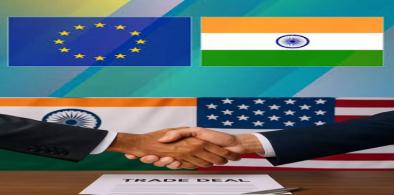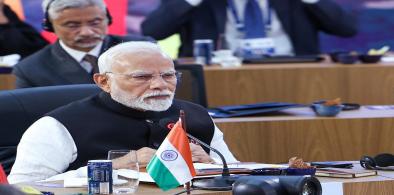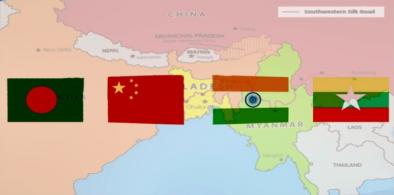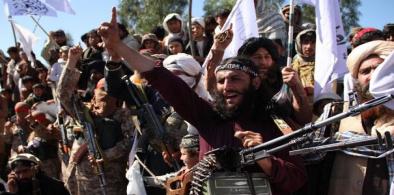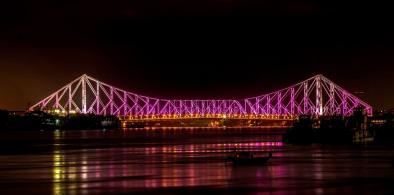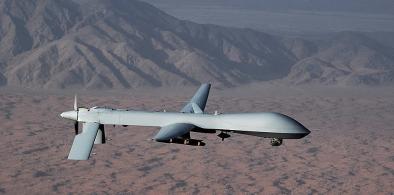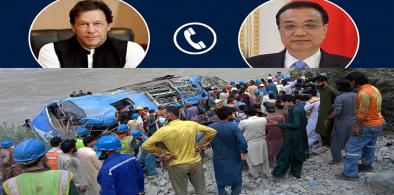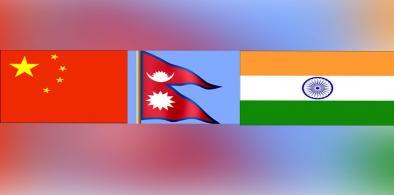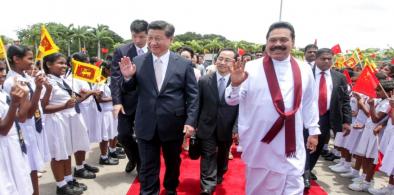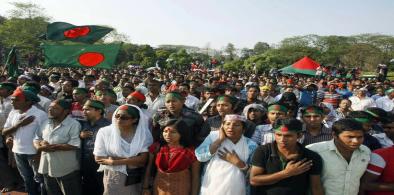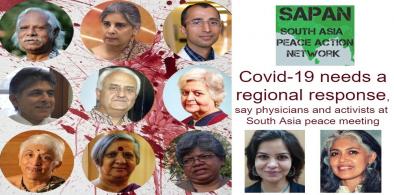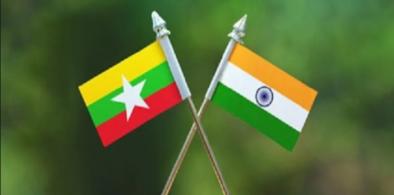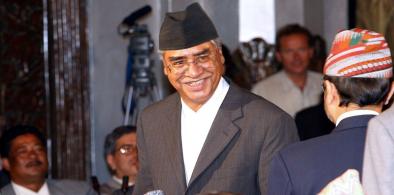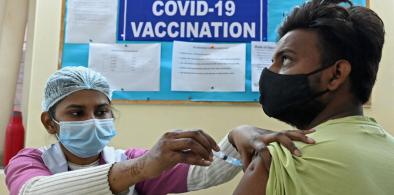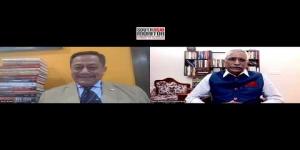With the historic revocation, the Indian government has finally applied salve on the festering anger in Kashmir: anger born out of chronic underdevelopment and misgovernance, writes Suchismita Panda for South Asia Monitor
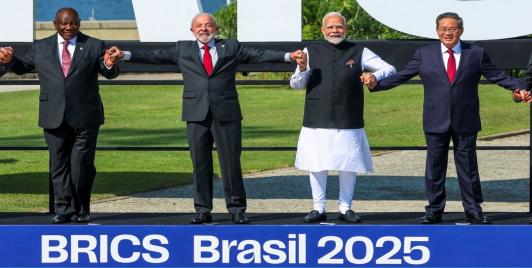
BRICS and the Shifting Sands of Global Power: Can it Evolve into a Credible Counterweight to Western Dominance?
BRICS represents more than just an economic grouping; it symbolizes the emergence of agency in the Global South. For too long, the contours of the world order were drawn in the boardrooms of Washington, London, and Brussels. That era is drawing to a close.
India's Trade Hesitancy Can Undermine Global And Regional Standing
A sharp 60% drop in Chinese rare earth exports this April disrupted Indian electric vehicle manufacturing—highlighting just how brittle alternative supply routes still are. Despite diplomatic friction, India lacks the industrial depth to delink quickly from China
Is Bangladesh Showing Signs Of Economic Recovery?
It may be a little too early to declare economic recovery, but certainly the growing forex reserve, remittance inflow, and surging exports are symptoms of the recovery that Bangladesh is aiming for. Bangladesh appears on the right track, though many other challenges remain.
India’s Strategic Embrace of the Global South: Modi’s Outreach to Africa and South America
Modi’s tour is, therefore, more than a series of diplomatic engagements; it is a declaration of India’s readiness to lead, collaborate, and contribute to shaping a just and inclusive global order. By leveraging historical ties, cultural affinity, technological strengths, and political goodwill, India is expanding its diplomatic footprint across the Global South.
Revive BCIM Economic Corridor for a sustainable techno-ecological trans-regional alliance
Cooperation among BCIM members is essential for the sustainable development of the Ganga-Brahmaputra-Meghna basin, writes Dipankar Dey for South Asia Monitor
Afghanistan's civil war is there to stay: Taming the Taliban is no easy task
US Secretary of Defense General Lloyd James Austin has said that the Afghan forces must slow the Taliban’s momentum. The question is how, writes Lt Gen P. C. Katoch (retd) for South Asia Monitor
West Bengal can play a critical role in the success of India’s Act East policy
With the ever-growing presence of China in Southeast Asia, it would be injudicious to keep the economic and strategic prospects that West Bengal has to offer underutilized, and hostage to petty internal politics, writes Anondeeta Chakraborty for South Asia Monitor
India needs to become drone-conscious to counter aerial cross-border threats
Not only was the use of a weaponized drone on the Jammu IAF base an act of war but a violation of the ceasefire agreement concluded by DGs, military operations, of India and Pakistan, effective from midnight, 24-25 February 2021, writes Col. Anil Bhat (Retd) for South Asia Monitor
Will China learn a lesson from the 'terror attack' in Pakistan on its workers?
The Pakistan incident against Chinese workers is all the more worrying as Chinese personnel and technicians are working on various projects not only in Pakistan, but in other South Asian countries like Sri Lanka, Bangladesh, Nepal, as well as many African nations, writes N S Venkataram for South Asia Monitor
Improved transport connectivity in South Asia must for boosting intra-regional and inter-regional trade
Better connectivity in this region would facilitate the establishment of trade linkages with other regions through platforms such as the BIMSTEC, SAARC, and ASEAN, writes Partha Pratim Mitra for South Asia Monitor
Nepal’s new government needs to do a balancing act amidst India-China rivalry
For Sher Bahadur Deuba’s government, the acid test of preserving Nepal’s core interests and increasing its bargaining capacity vis-à-vis India and China will depend on how the Nepalese leadership responds to the emerging geopolitical and geoeconomic imperatives in the region, writes Zahoor Ahmad Dar for South Asia Monitor
Economic and public health crises pushing Sri Lanka more and more towards China
Given Sri Lanka’s strategic location in the Indian Ocean, China has developed huge stakes in the island nation, writes N. Chandra Mohan for South Asia Monitor
Like its remarkable economic turnaround, Bangladesh has fought back against Islamist extremism
Fifty years after its liberation from Pakistan, Bangladesh is the reverse image of the country it broke away from -- a moderate Muslim majority nation anchored in its liberal syncretic Bengali culture that guided its 1971 secession from Pakistan, writes Subir Bhaumik for South Asia Monitor
Afghan war, and its spillover effect, will singe entire region, including Pakistan and India
In stark contrast with Pakistan, which relied on hard power tools to pursue its foreign policy goals in Afghanistan, India opted for the soft power strategy --winning hearts and minds of Afghans by investing in common people through culture, building state capacities, and training and educating a new young professional Afghan class, writes Shraddha Nand Bhatnagar for South Asia Monitor
Pandemic-hit South Asia must evolve a coordinated strategy to improve public health systems
Collectively the peacebuilders, physicians and public-health activists from across South Asia noted that inequity is the key challenge and asked their governments to address it properly so that the lessons of the past year are not forgotten, writes Rida Anwar for South Asia Monitor
India should leverage its enormous goodwill to begin peace diplomacy in conflict-ridden Myanmar
In Zoramthamga, a former rebel leader and now chief minister of India's northeastern state of Mizoram, India has a potential mediator who has close links with all stakeholders in Myanmar, including the Tatmadaw and Aung Saan Suu Kyi's NLD, writes Subir Bhaumik for South Asia Monitor
Nepal's regime change: Prime Minister Deuba needs to watch out for Beijing's meddling
The upheaval in Nepalese politics over the past few months has occurred following a power tussle within the ruling Communist-led dispensation despite the best efforts of Hou Yanqi, China’s ambassador to Nepal since 2018 to resolve it, writes Lt Gen P. C. Katoch (Retd) for South Asia Monitor
Covid-19 vaccination in India: Lessons it can draw from the US experience
Unlike the US, vaccine hesitancy among large sections of the population is not an issue in India, but production is, writes Frank F. Islam for South Asia Monitor



